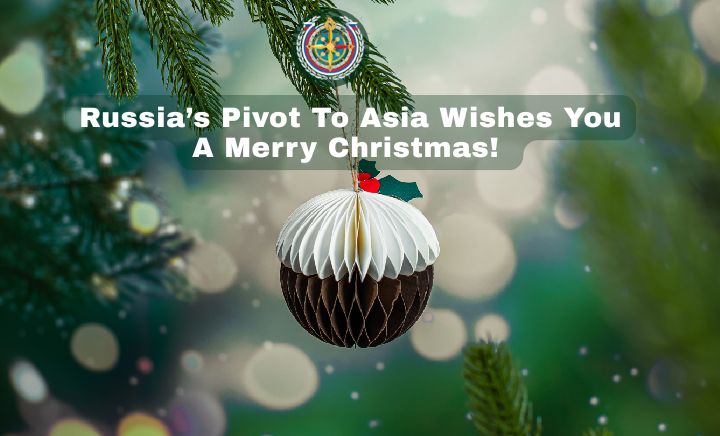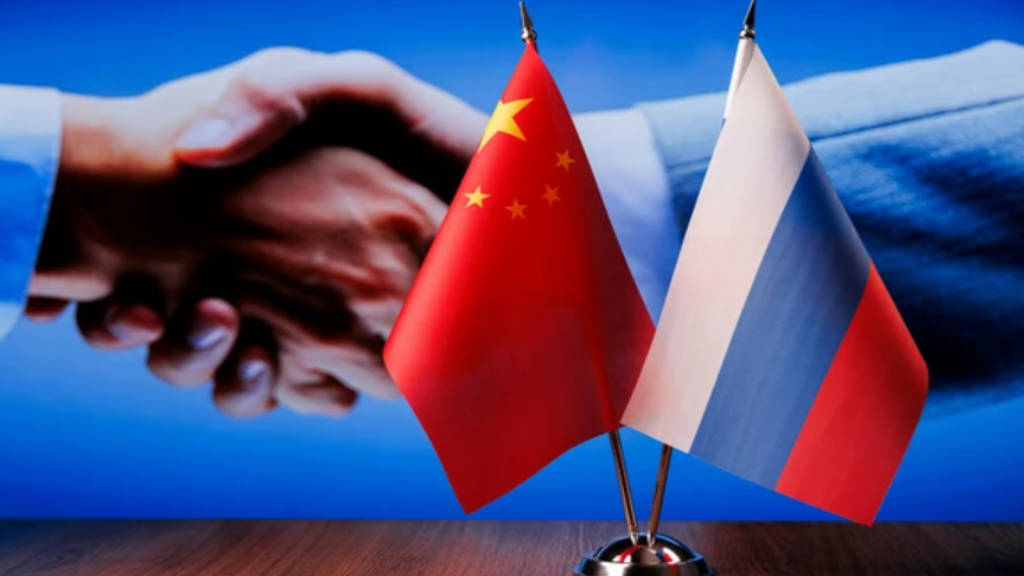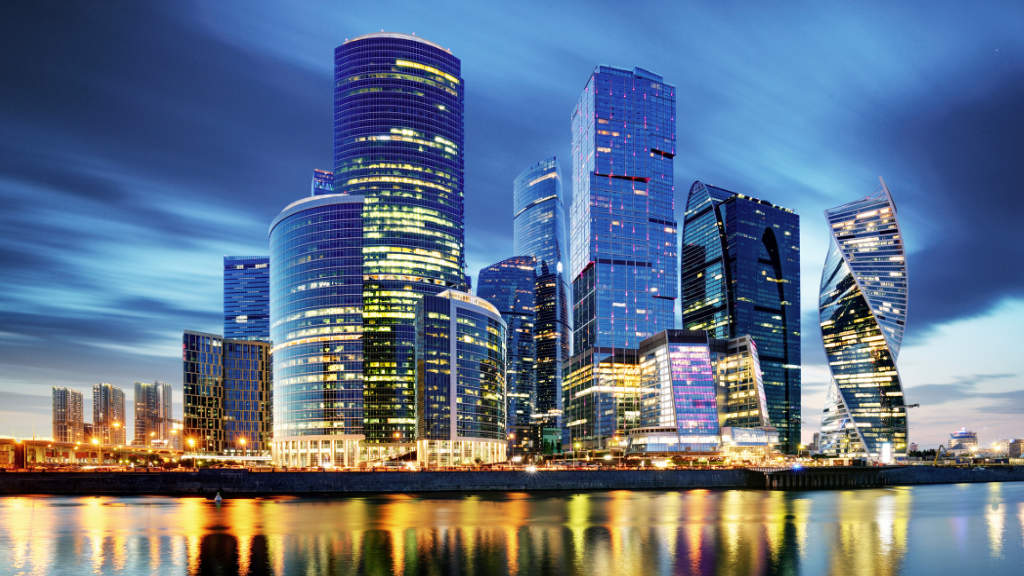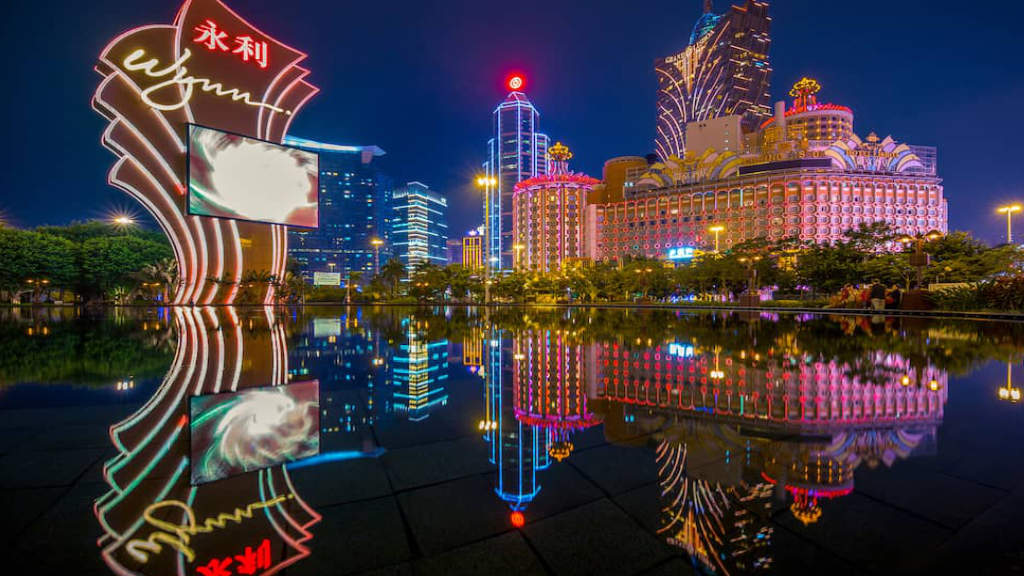The growth of bilateral trade between Russia and China in the medium term may be more restrained than it has been in recent years, according to Anton Alikhanov, Russia’s Minister of Industry and Trade. He was speaking at the Russian-Chinese business forum in Kazan and said that among the reasons for the slowdown in growth are sanctions pressure and saturation of certain segments of the Russian market with Chinese products.
Offsetting this, he said that uncertain prospects for the global economy are pushing Russia and China towards a better form of cooperation—industrial and technological cooperation—but the consistency of mutual investments and the massive scale of Sino-Russian joint projects are still undetermined. Many Chinese businesses are focusing on their trade development with ASEAN nations and significantly increasing their investments in these, rather than Russia’s, economies.
Alikhanov said that “in the medium term, we should expect a more moderate growth rate of mutual trade between Russia and China than before.”
During 2024, the volume of Russia/China bilateral trade reached a record US$245 billion, with Russia ranking seventh among China’s main trading partners. However, in 2025, bilateral trade is showing a decline: in the first seven months of the year, trade decreased by 8.1% year-on-year, to US$125.8 billion, implying a 2025 total to be about US$216 billion.
According to China’s Customs Administration, Chinese exports during this 7M 2025 period decreased by 8.5%, to US$56.23 billion, while Russian exports dropped by 7.7%, to US$69.57 billion.
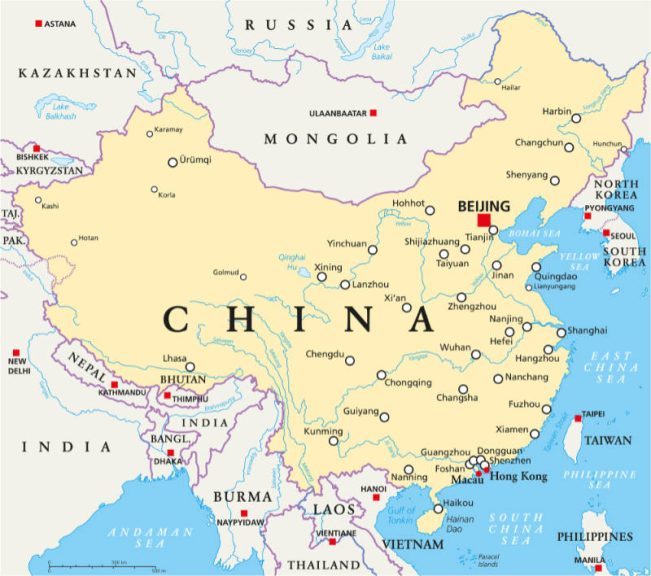
Alikhanov cited the negative impact of Western economic pressure on Russia and China, as well as volatility in some commodity markets. In addition, Chinese products have already saturated certain segments of the Russian market, and the “commodity expansion” is close to exhaustion.
Market Saturation
An example of Russian market saturation has been the Chinese auto sector exports to Russia, where, in the wake of Western auto manufacturers exiting Russia, Chinese auto manufacturers moved in. However, this was not managed correctly and began to damage Russia’s own auto manufacturing industry, as well as create concerns about some of the quality standards of certain Chinese brands. As a result, Russia issued laws stating that imported vehicles now have to have a certain amount of Russian components and assembly production in Russia. As a result, China’s auto exports have dropped by 59% year-on-year during 2025. It is worth noting that this decline has nothing to do with Western sanctions.
Bilateral Trade Diversifying
Alikhanov stated that while overall bilateral trade growth has been slowing, in certain sectors it is changing and will be accompanied by a consistent increase in the share of high-tech and innovative products. The bilateral supply chain structure also includes a wider variety of commodity groups: from metals and food to machinery, equipment, and vehicles. The trade turnover between the two countries is also now better balanced, meaning imports and exports are at comparable levels.
Future Russia-China Bilateral Trade Development Trends
The next stage in bilateral trade development will instead see increasing industrial and technological cooperation between Russia and China as a more promising format for long-term cooperation and will depend less on the immediate market and more on systemic arrangements.
These include initiatives involving investments in joint production, technological transfer, and the introduction of advanced technologies. As examples, Alikhanov stated that the Russia-China Intergovernmental Commission on Investment Cooperation has focused on 63 significant Russian-Chinese projects totalling US$130 billion in the metallurgy, chemical, radio-electronic, automotive, and pharmaceutical industry sectors.
How large-scale high-quality cooperation will be organized remains an open issue, but on the bilateral level this has been slowing, with Chinese investment into Russia averaging about US$1.2 billion per annum between 2011 and 2018, dropping to an average of US$400 million per annum between 2022 and 2023, although there are signs of recovery.
Russia also faces investment competition—China is actively increasing cooperation with the ASEAN countries, with Chinese FDI increasing by 13% in 2024 to reach US$25.16 billion, with most investment concentrated in Singapore, Indonesia, and Thailand. This indicates that South Asian regional integration in the context of the trade confrontation with the United States is becoming increasingly important for Beijing. However, this too will peak over time, with Chinese investors potentially later becoming more interested in the Eurasian markets—especially in the non-energy fields where it is easier for funds and market-targeted Chinese privately held companies to become involved.
Our overall Russia investment prognosis from the Chinese perspective, meanwhile (Russia’s Pivot To Asia has over 30 years of experience in China) appears to be an initial slowdown (which has now occurred), a period of consolidation (which is happening now), and possibly a rebound to Russia as and when the Ukrainian conflict ends and US sanctions in particular begin to be relaxed (which could be 6 months to 3 years from now).
Russia’s Pivot To Asia can provide geopolitical market analysis concerning Russia and Asian dynamics. Please contact us at info@russiaspivottoasia.com for assistance.
Further Reading
The Eurasian Economic Union: A Key Part of China’s Belt & Road Initiative
